If you’re a small business owner, you’ve probably heard the phrase “data-driven storytelling” thrown around a lot. It sounds like something meant for big corporations with teams of analysts, but the truth is small businesses have more opportunities than ever to harness data in a way that feels personal, engaging, and real.
Gone are the days of blasting out one-size-fits-all marketing messages and hoping they stick. Today’s consumers expect content that feels tailored to them, and that’s where data-driven storytelling comes in. By using real insights—like customer preferences, shopping habits, and local trends—you can craft stories that not only capture attention but also build stronger relationships with your audience.
What is Data-Driven Storytelling?
At its core, data-driven storytelling means using real information to shape the stories you tell about your business. This could be anything from website analytics to customer reviews, social media engagement, or seasonal sales trends. When you use these insights strategically, you can create content that speaks directly to what your customers care about.
Let’s say you run a local coffee shop. Instead of just saying, “Come try our new cold brew,” you could look at your sales data and see that cold brew sales spike in the afternoons—when students and remote workers drop in for a pick-me-up. Now, your marketing message can shift to something more relatable:
“Need an afternoon boost? Our locally roasted cold brew is the perfect companion for long study sessions and mid-day slumps. Come grab one between 2-4 PM and stay productive!”
See how that speaks directly to your customers’ habits? It’s not just marketing—it’s storytelling based on real behaviour.
Why This Matters for Small Businesses
· It makes your marketing feel personal. When you use data to guide your messaging, your audience feels like you get them. And when people feel understood, they’re more likely to engage, trust, and buy from you.
· It helps you create content that resonates. Instead of guessing what to post about, you can use real customer interactions to craft messages that speak to their needs.
· It gives you a competitive edge. Big brands may have big budgets, but small businesses have something even better—close connections with their community. Data helps you leverage that connection and turn it into an advantage.
How to Use Data-Driven Storytelling in Your Business
You don’t need fancy tools or an entire marketing department to make data work for you. Here are a few simple ways to start using data to tell better stories:
1. Use Customer Feedback as Your Storytelling Guide
Your customers are already telling you what matters to them—you just have to listen.
- Restaurants & Cafés: If reviews keep mentioning how great your plant-based options are, why not highlight that in your marketing? “Voted one of Victoria’s best plant-based menus—come see why!”
- Retail Shops: If you see repeat customers raving about a certain product on Instagram, feature their testimonials in your next post.
2. Track Trends and Create Timely Content
Data helps you see patterns, so you can tailor your messaging to fit what your audience is interested in right now.
- Outdoor Gear Shops: If sales for hiking gear spike every April, plan ahead! Share blog posts about the best local trails, create a “Spring Adventure Bundle” promo, and start talking about the upcoming hiking season early.
- Bookstores: Notice an uptick in sales for self-improvement books in January? That’s your cue to run a “New Year, New Reads” campaign to meet customer demand.
3. Let Local Insights Shape Your Messaging
Your community is a goldmine of great stories. Use local insights to make your brand feel even more connected to the people you serve.
- Boutique Fitness Studios: If you notice class attendance dips in the winter months, use that data to create a challenge: “Stay active this winter! Join our 30-day movement challenge and keep your energy up through the colder months.”
- Farmers’ Markets & Local Producers: If certain products sell out quickly every Saturday, create some buzz leading up to market day: “Last weekend’s sourdough sold out in an hour—get here early to grab yours fresh this Saturday!”
The Key to Authentic Marketing
At the end of the day, data-driven storytelling isn’t about complicated marketing strategies—it’s about paying attention to your audience and turning insights into meaningful connections. Small businesses have an incredible opportunity to use data in a way that feels personal, real, and community-driven.
The best part? You’re probably already collecting useful data without even realizing it. Whether it’s through social media interactions, sales trends, or conversations with customers, the insights are there—it’s just about using them in a way that makes your marketing feel more authentic and engaging.
So, next time you’re wondering what to post or how to connect with your audience, let the data guide your story. Your customers will thank you for it.

